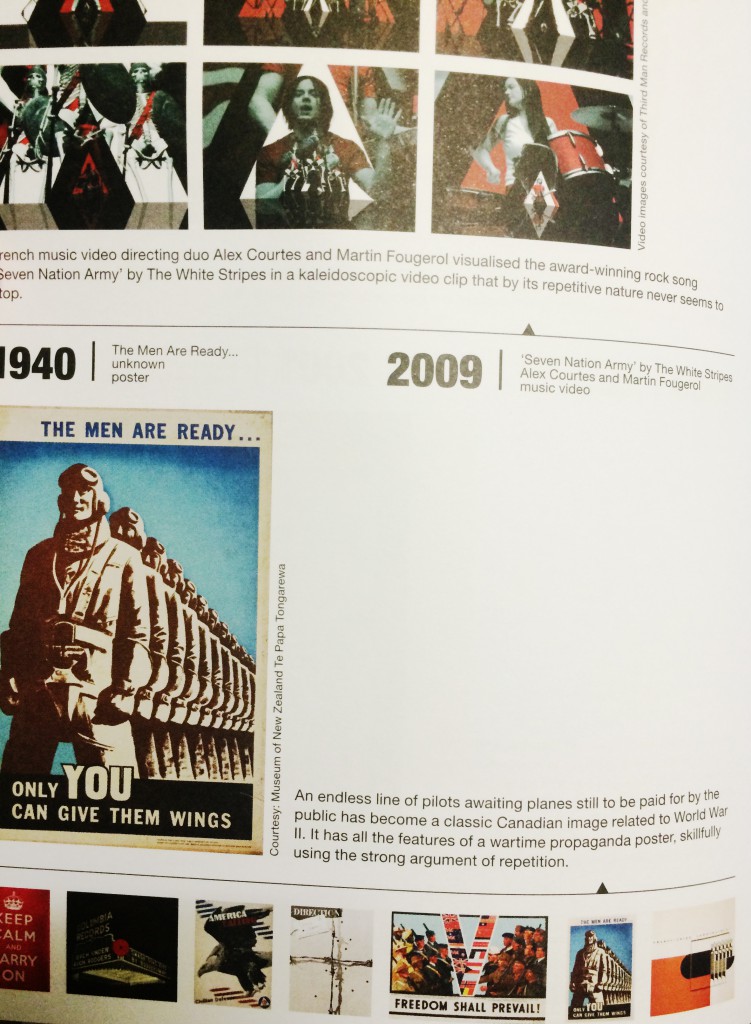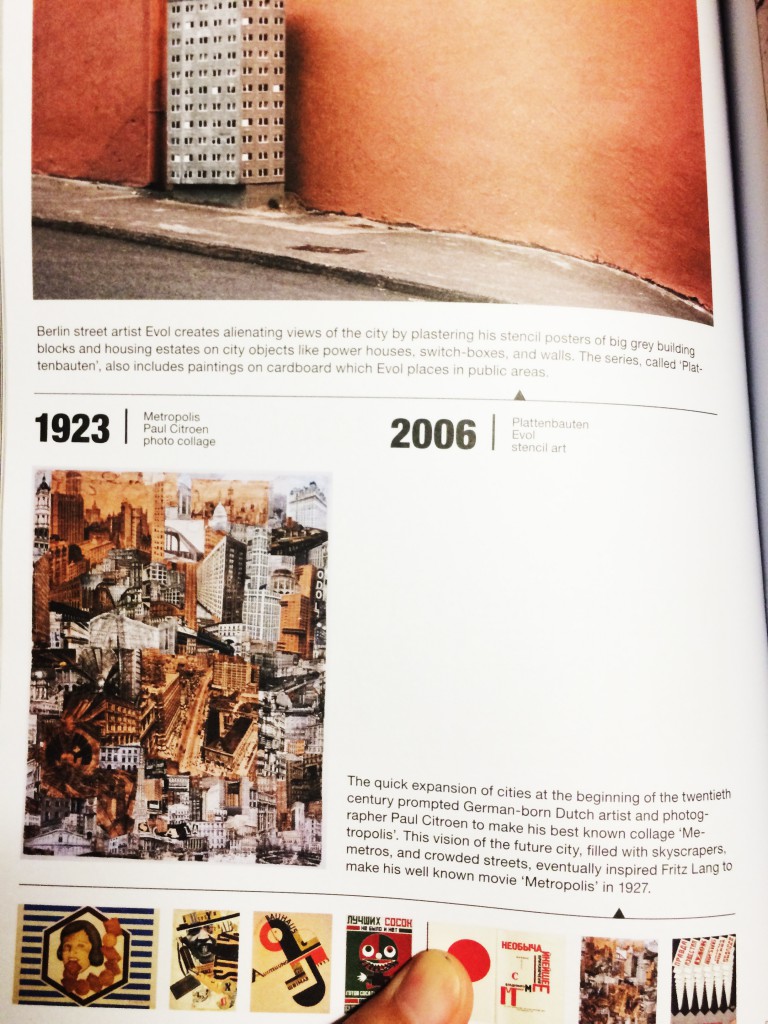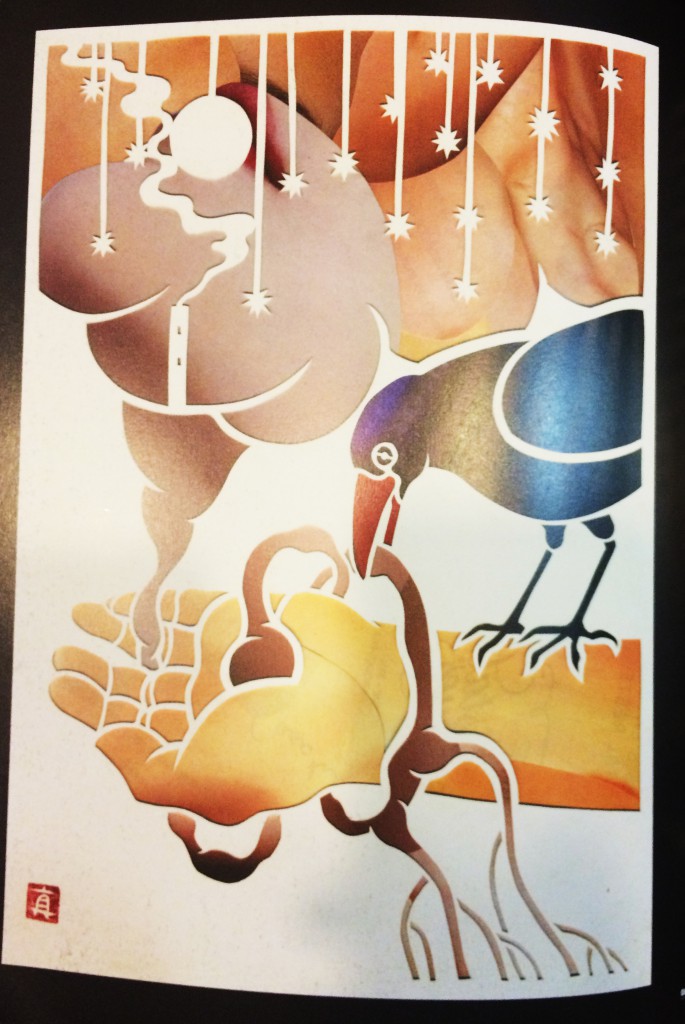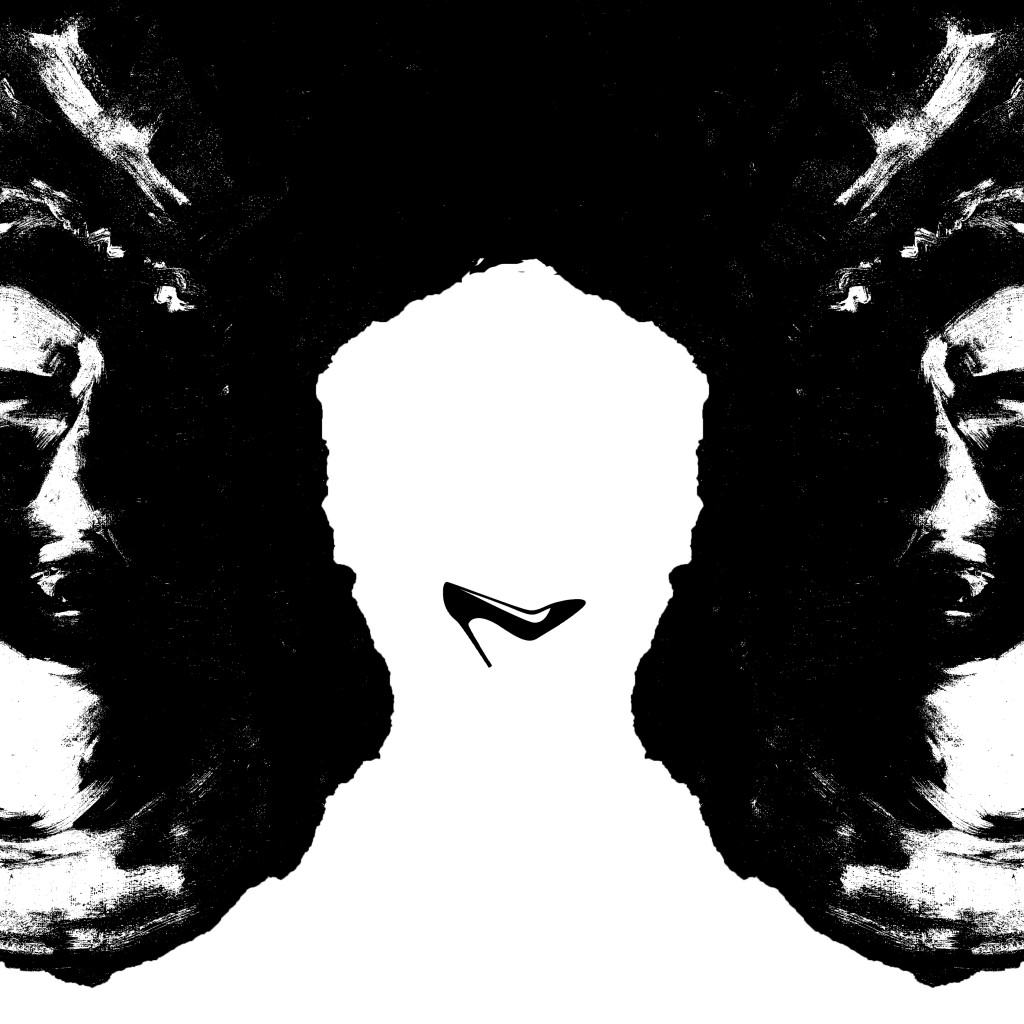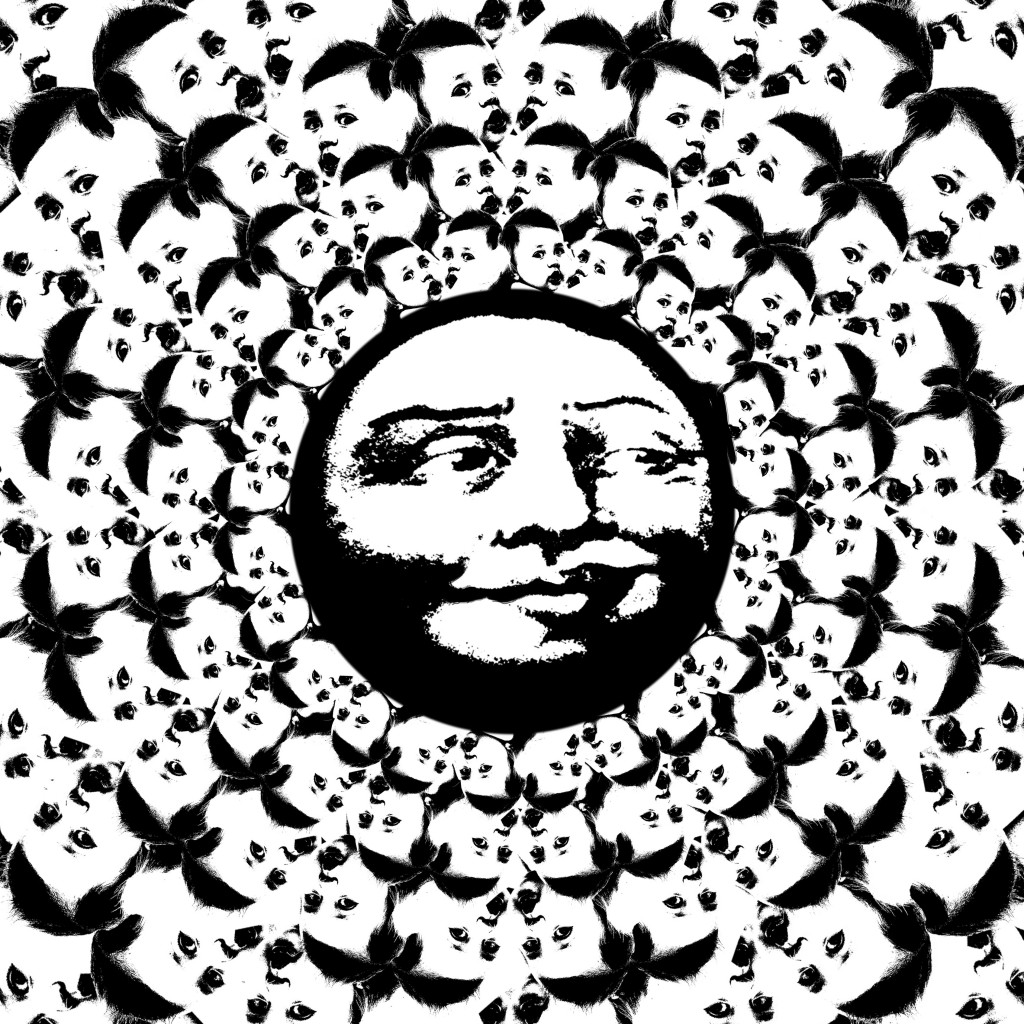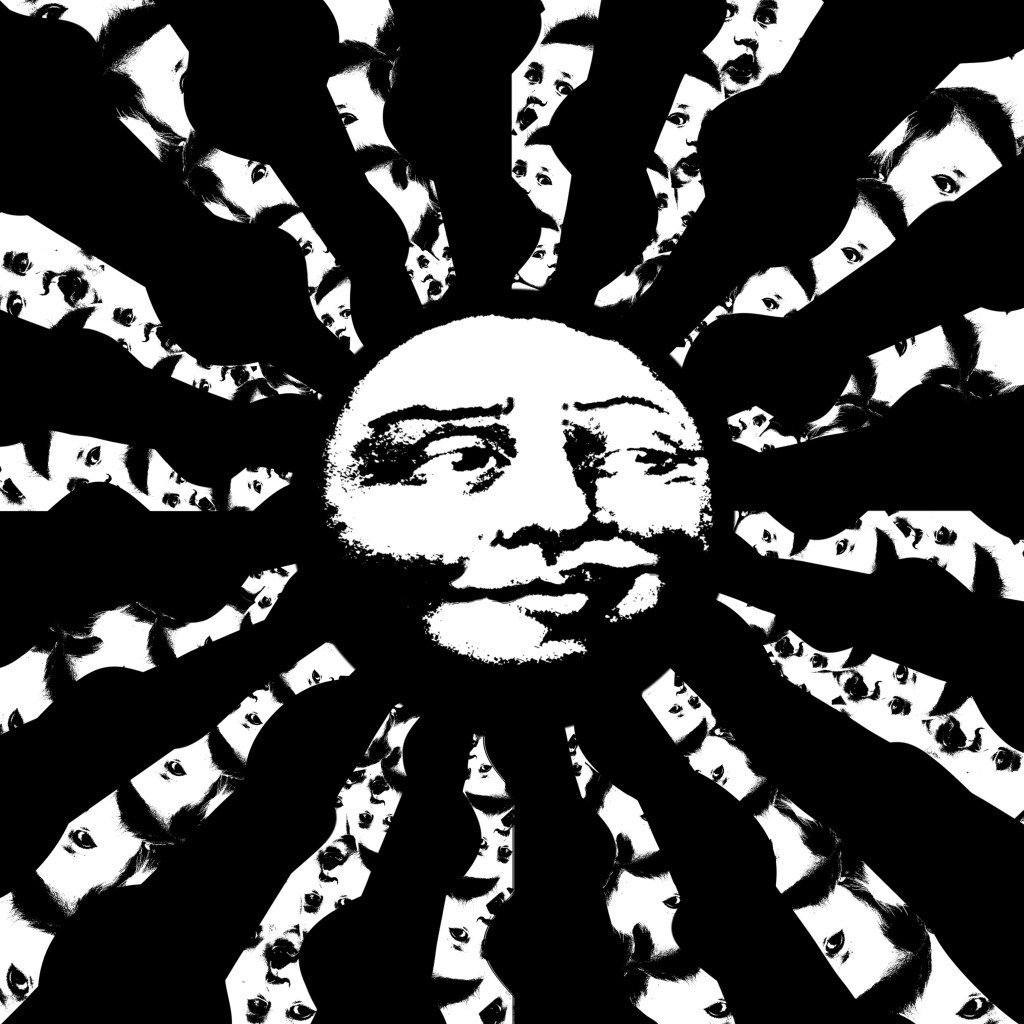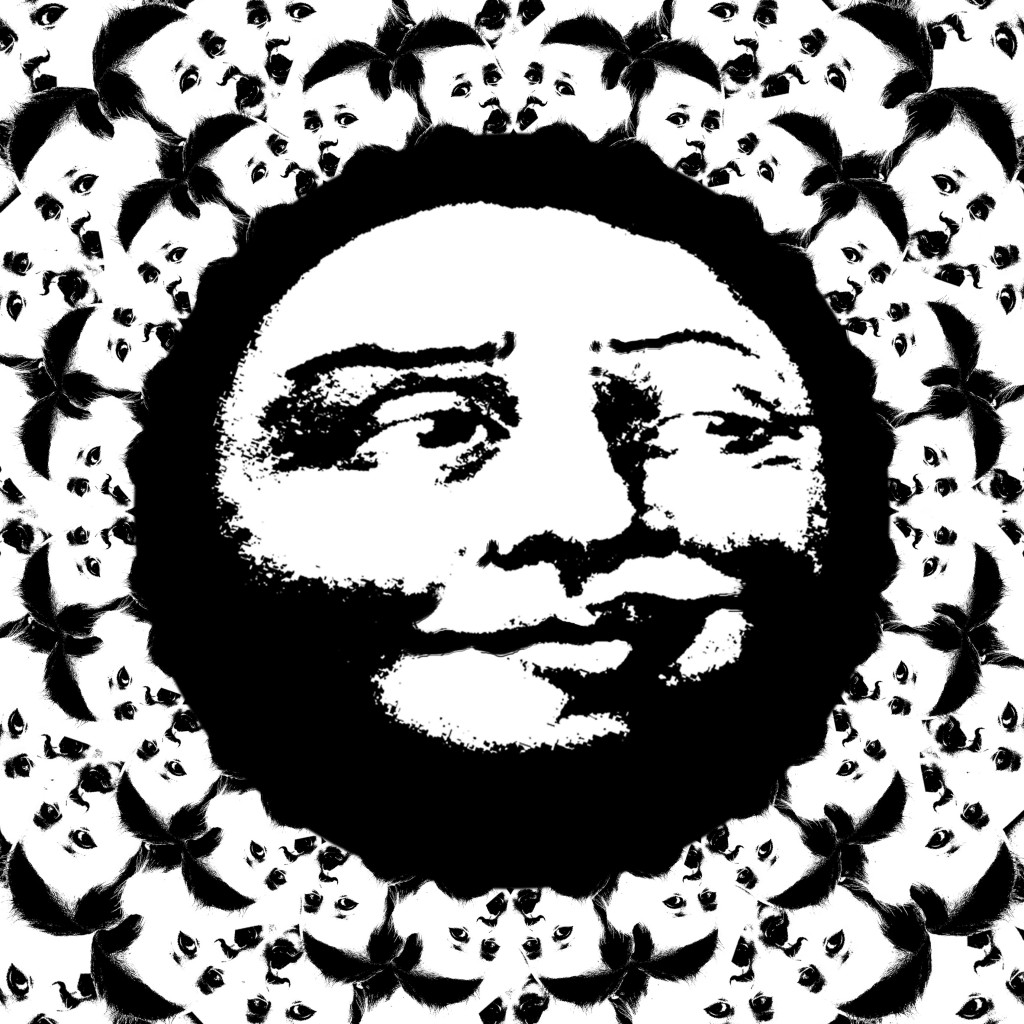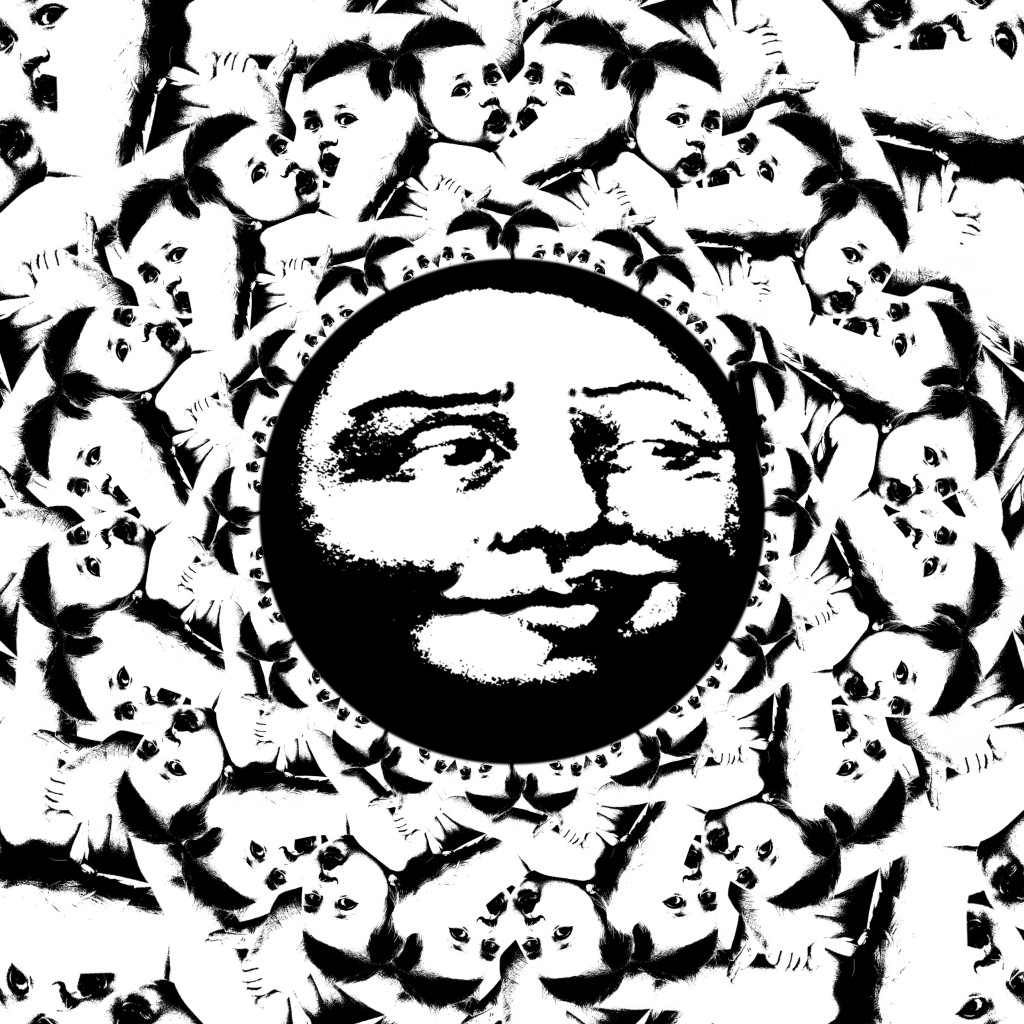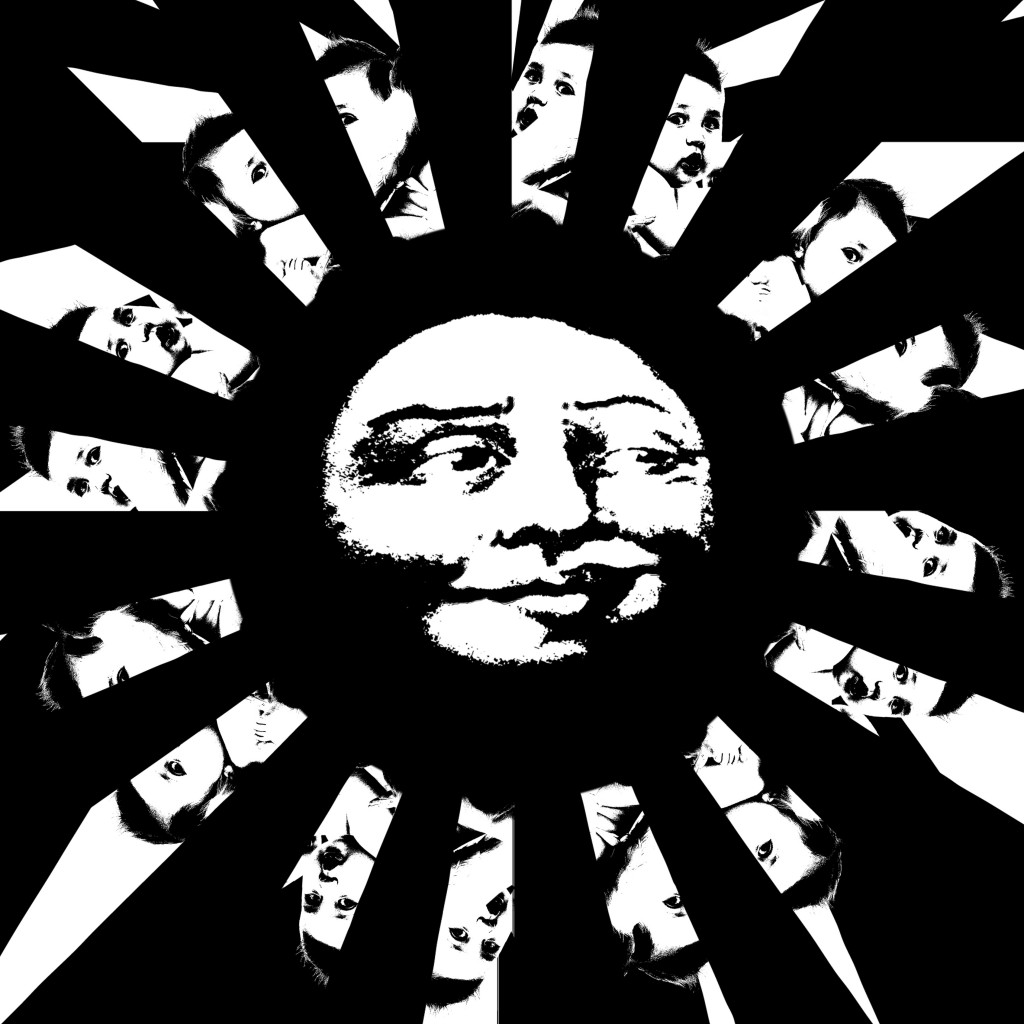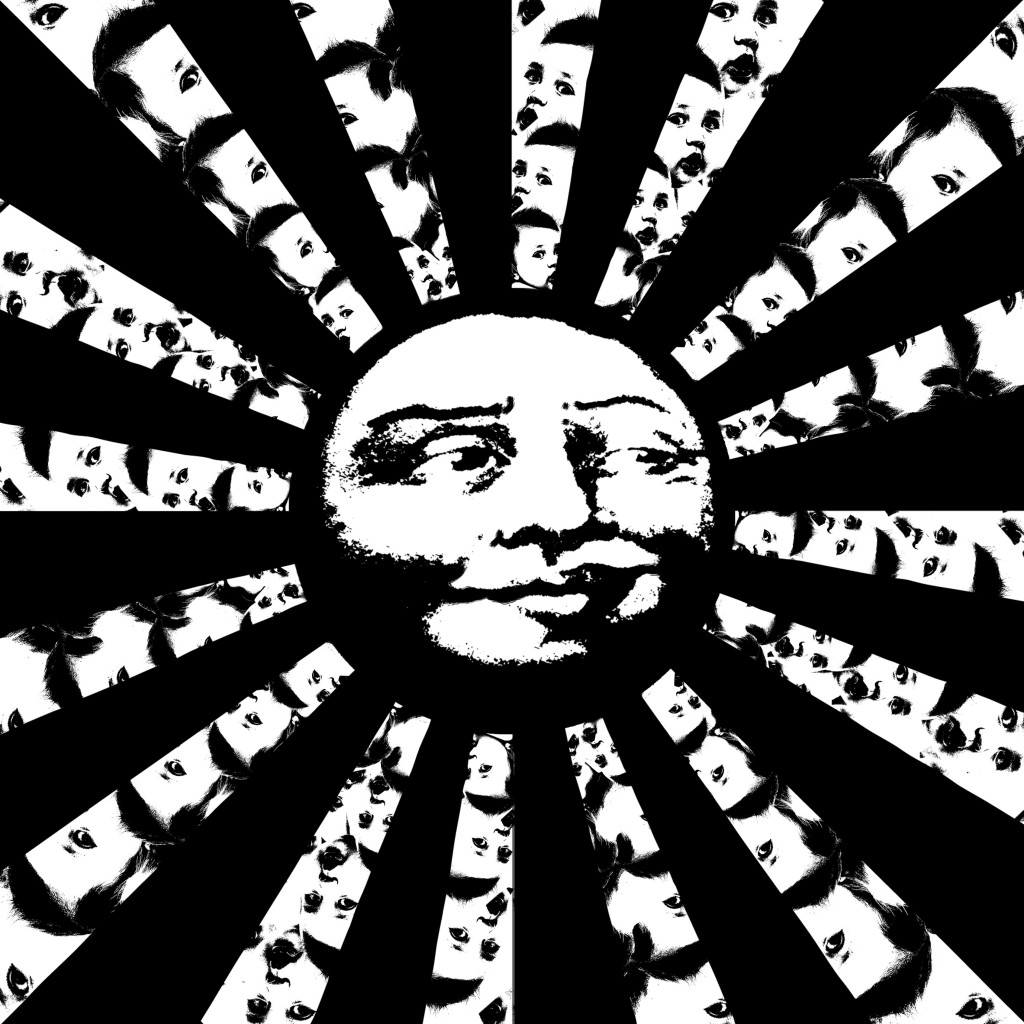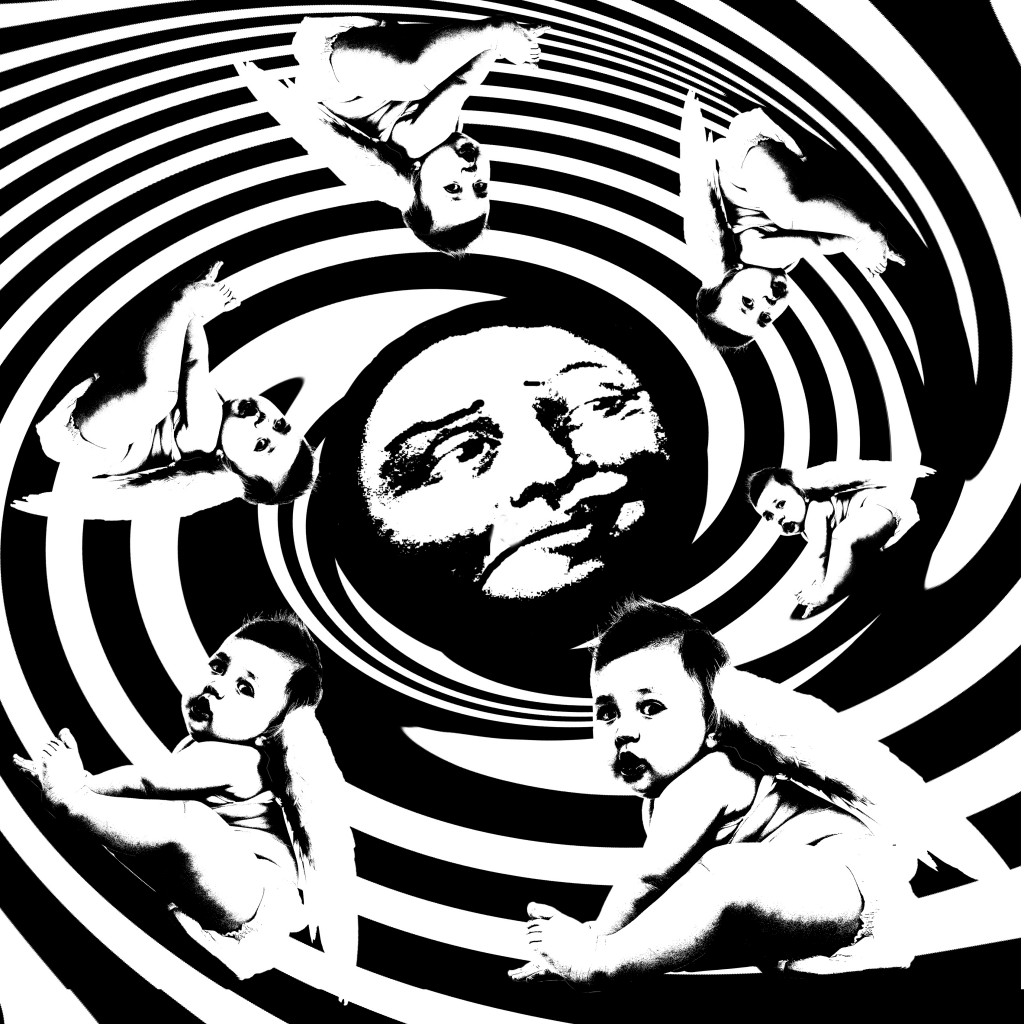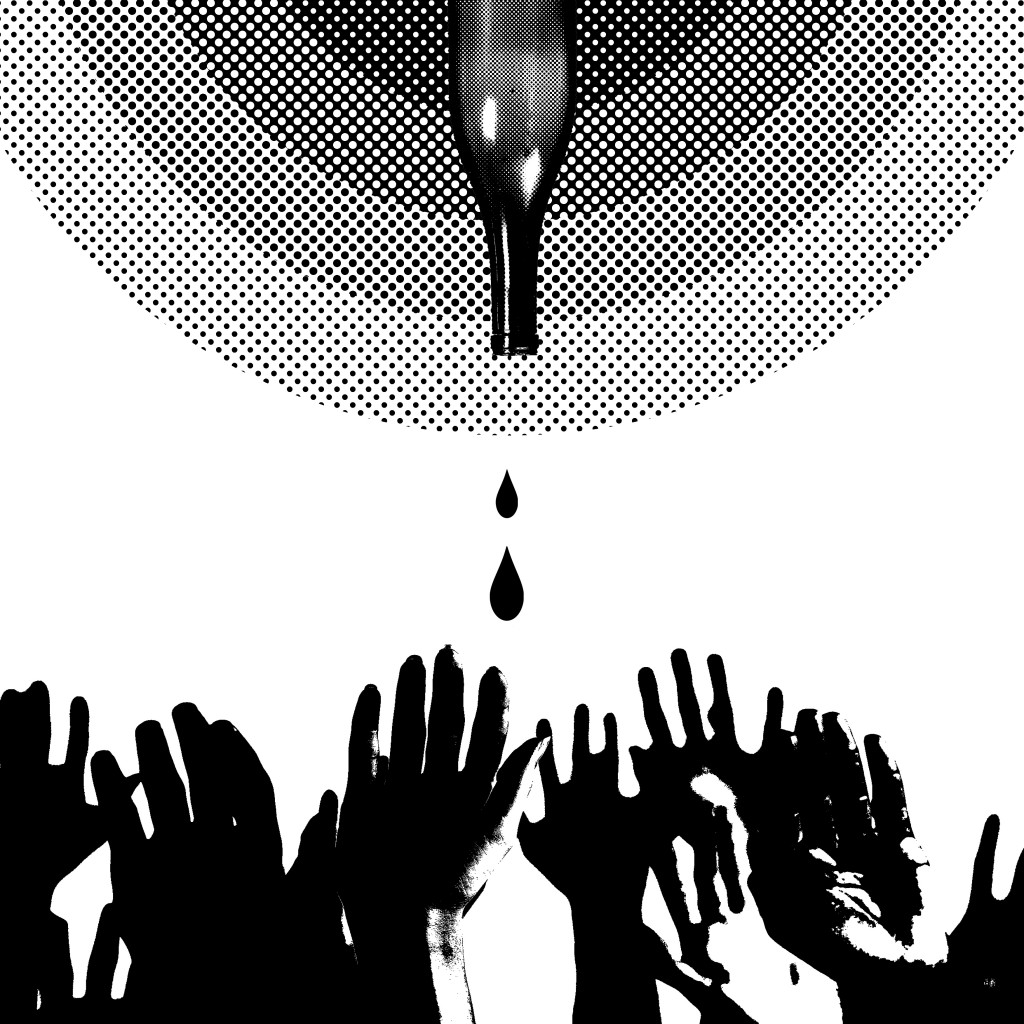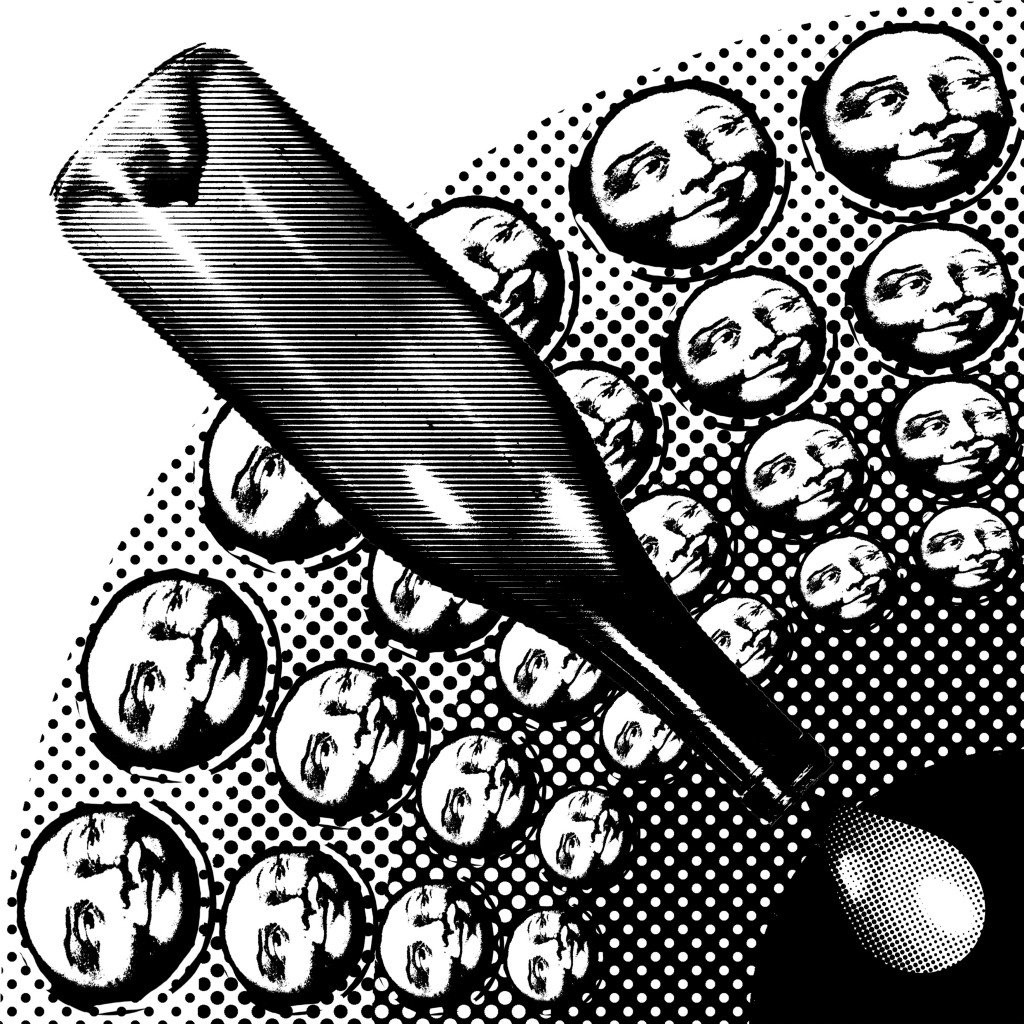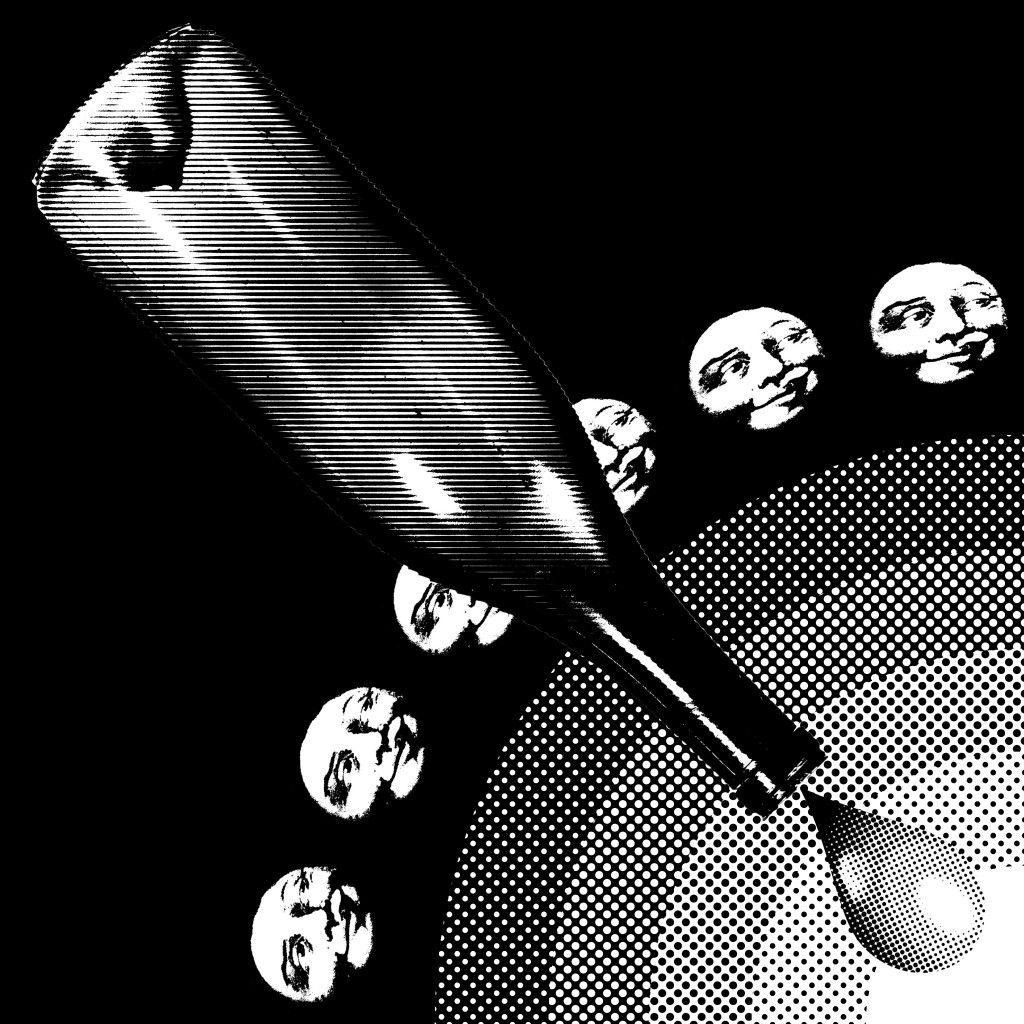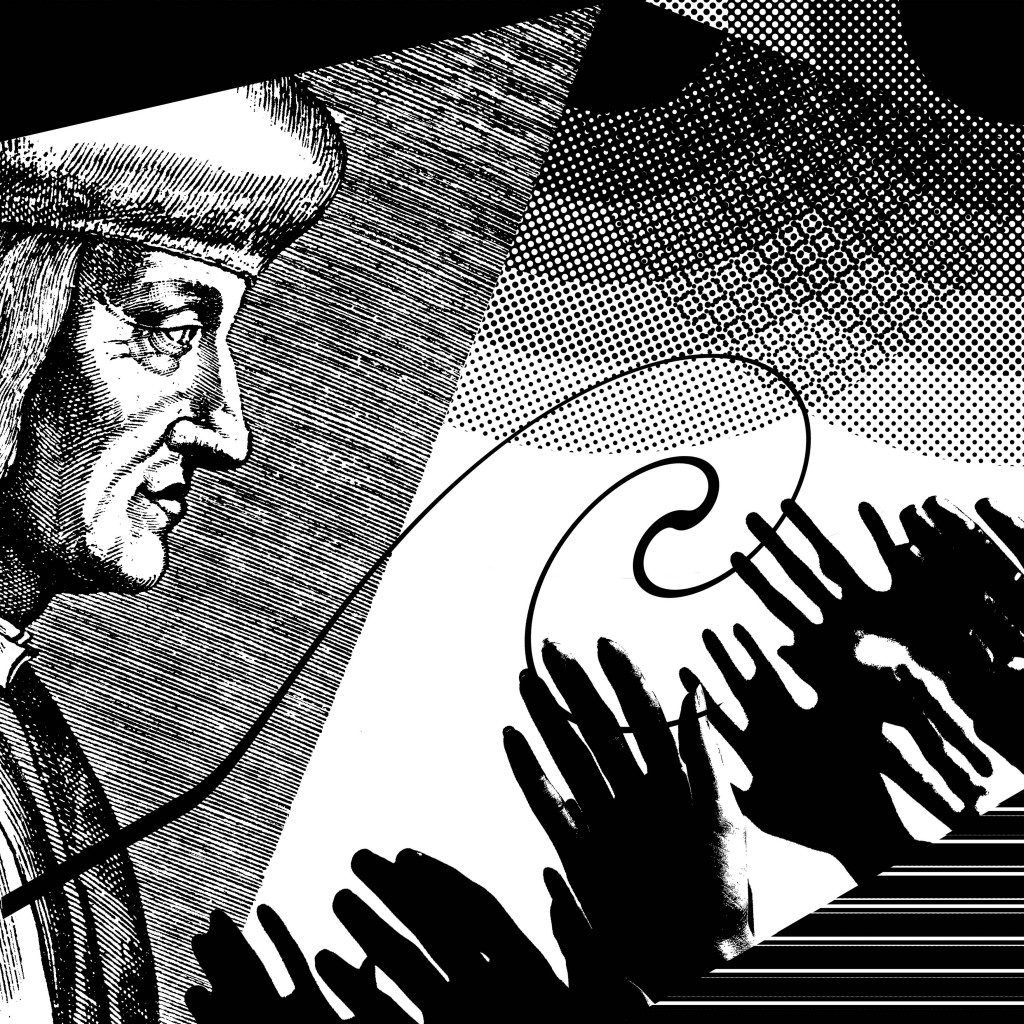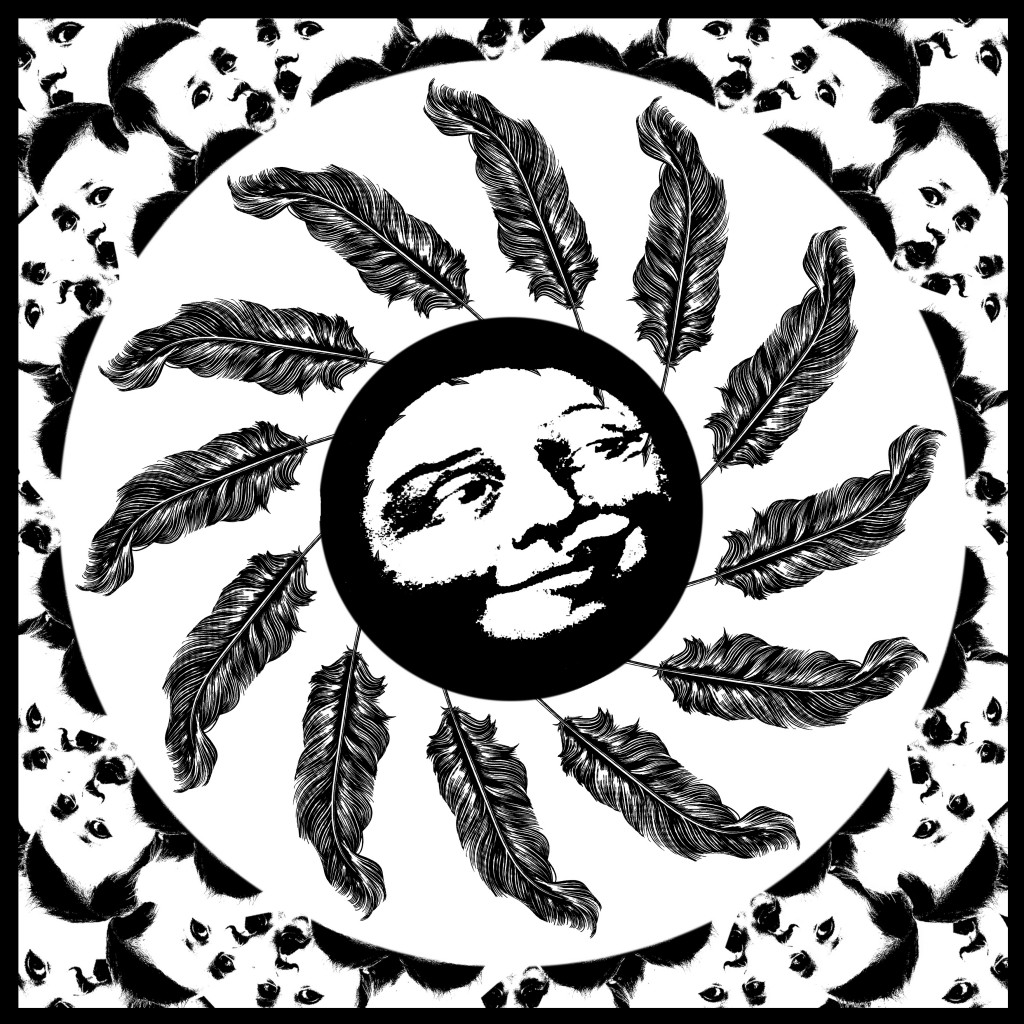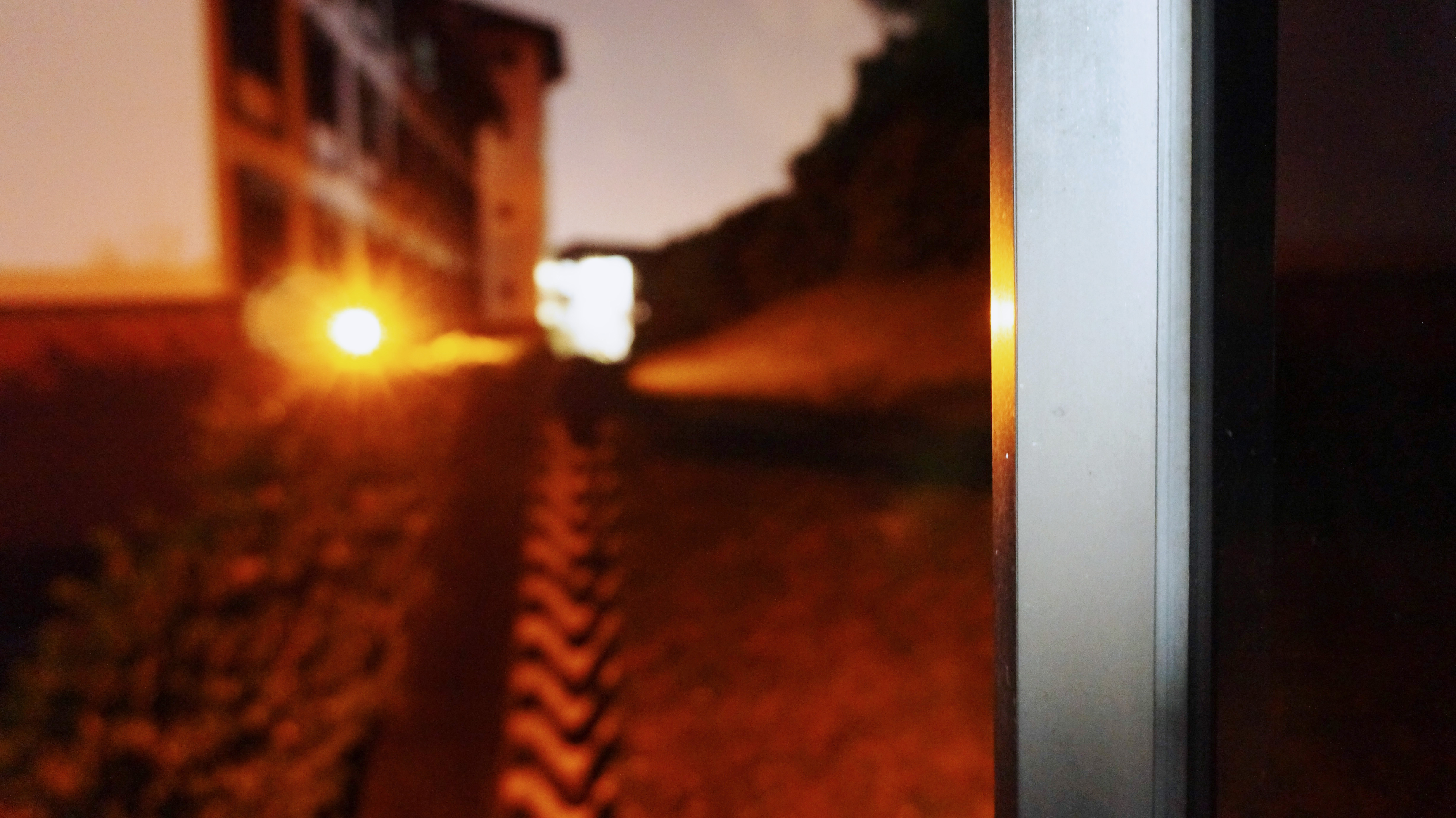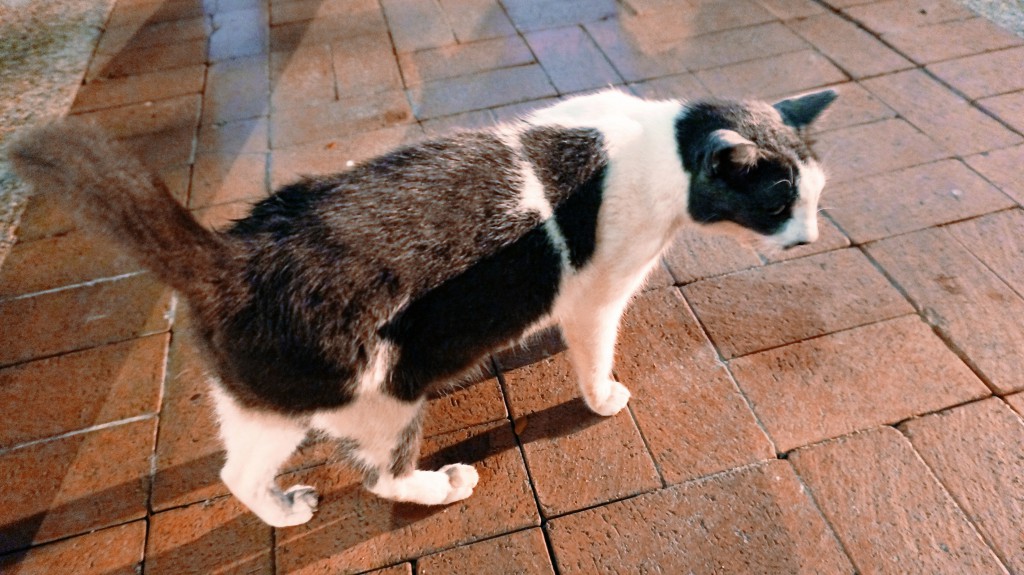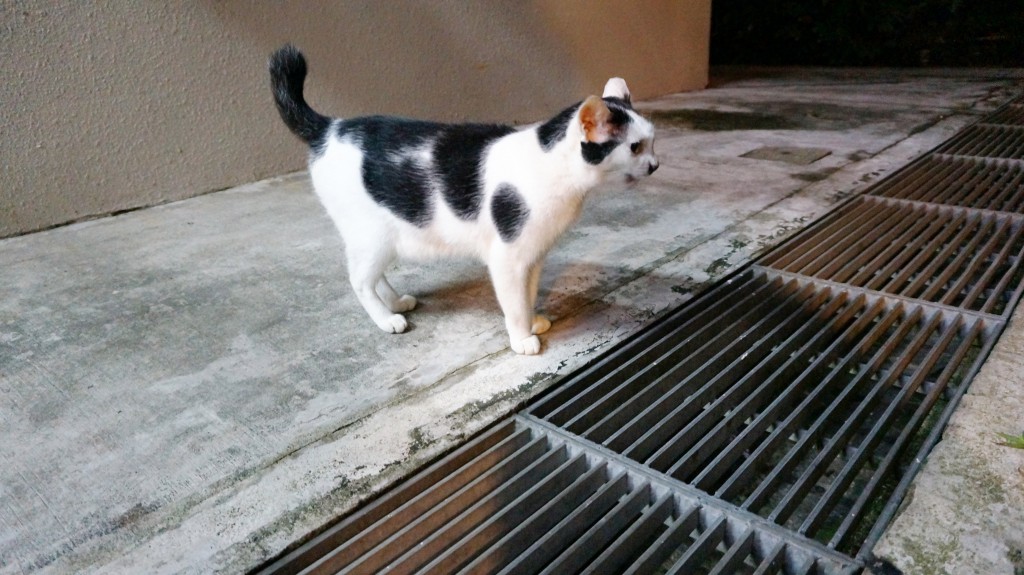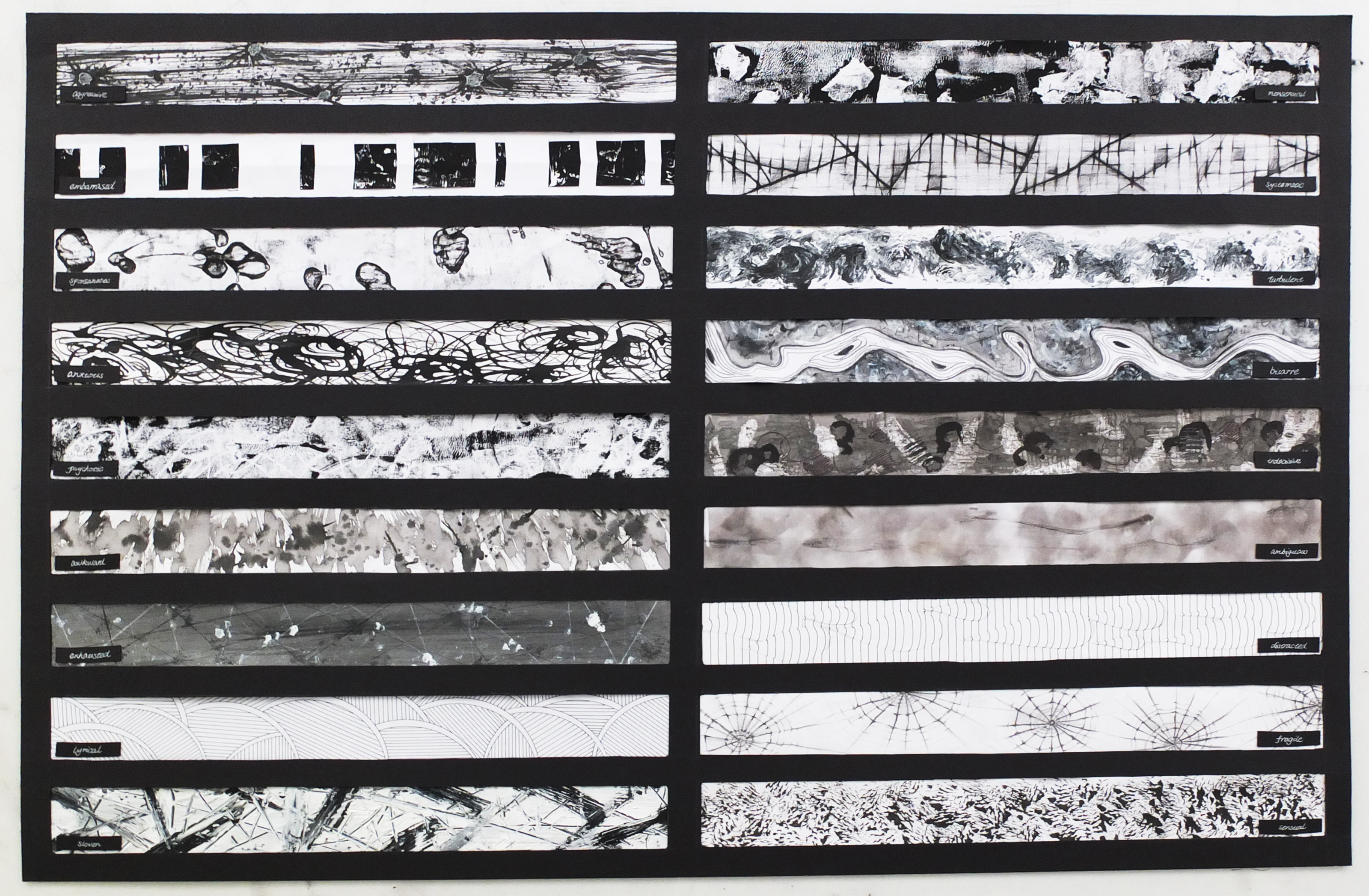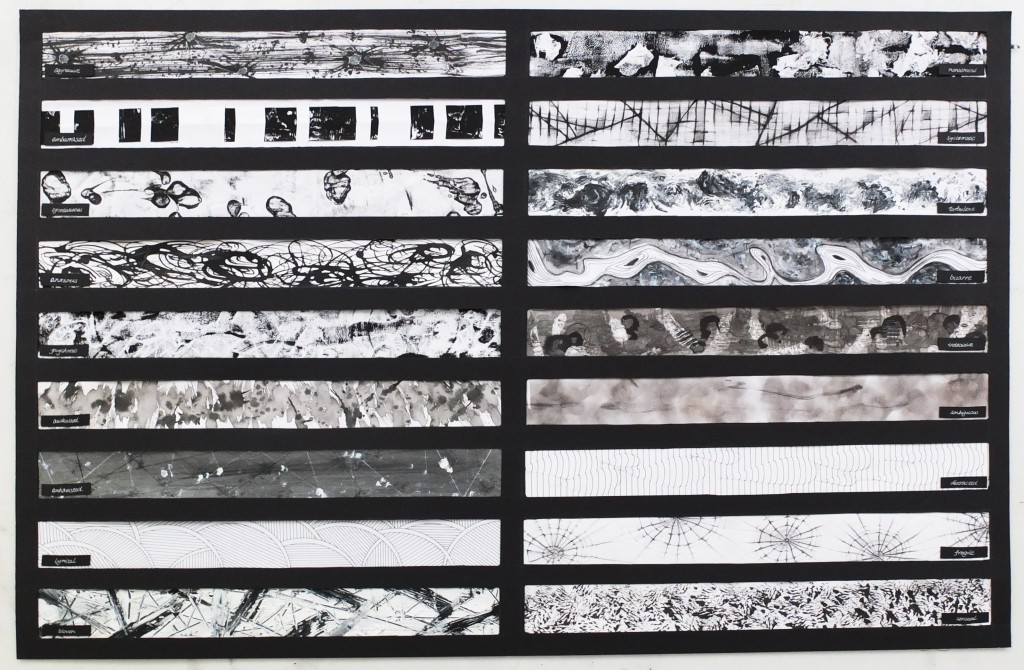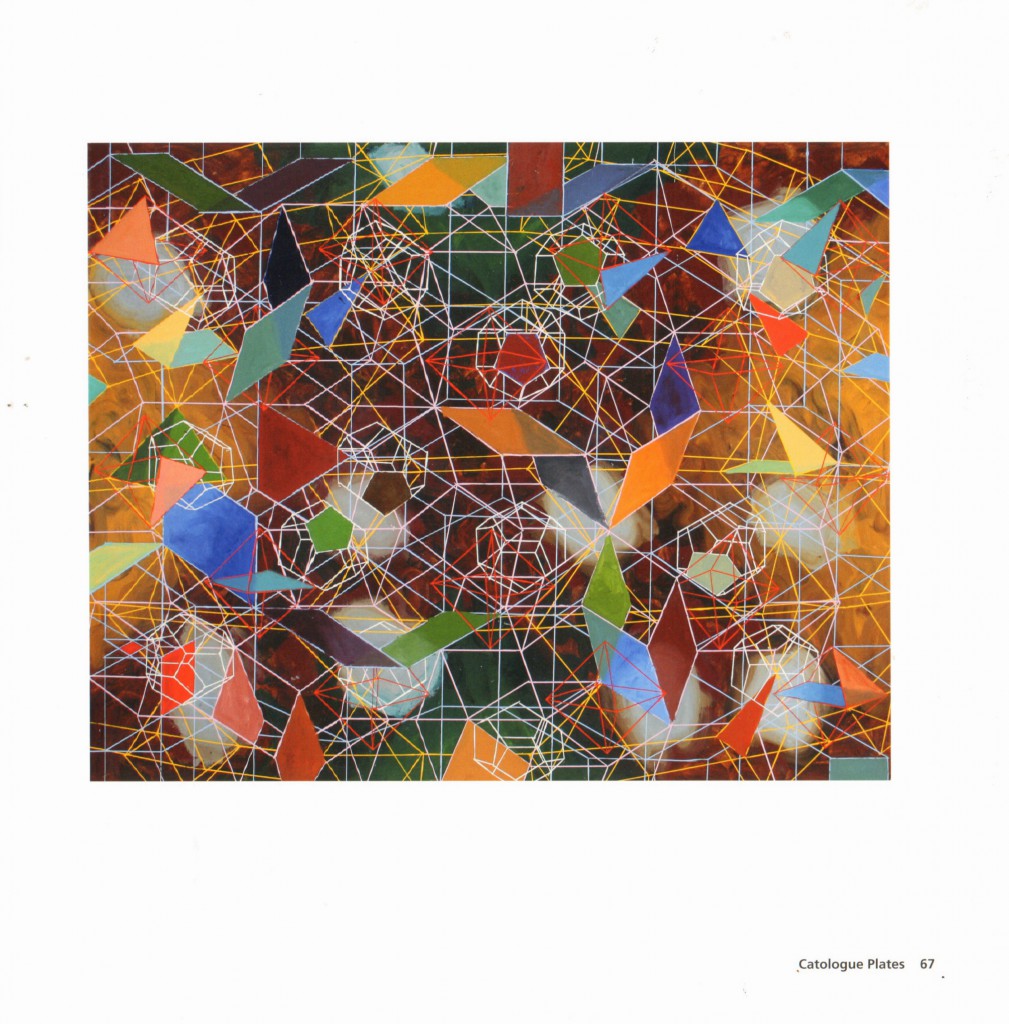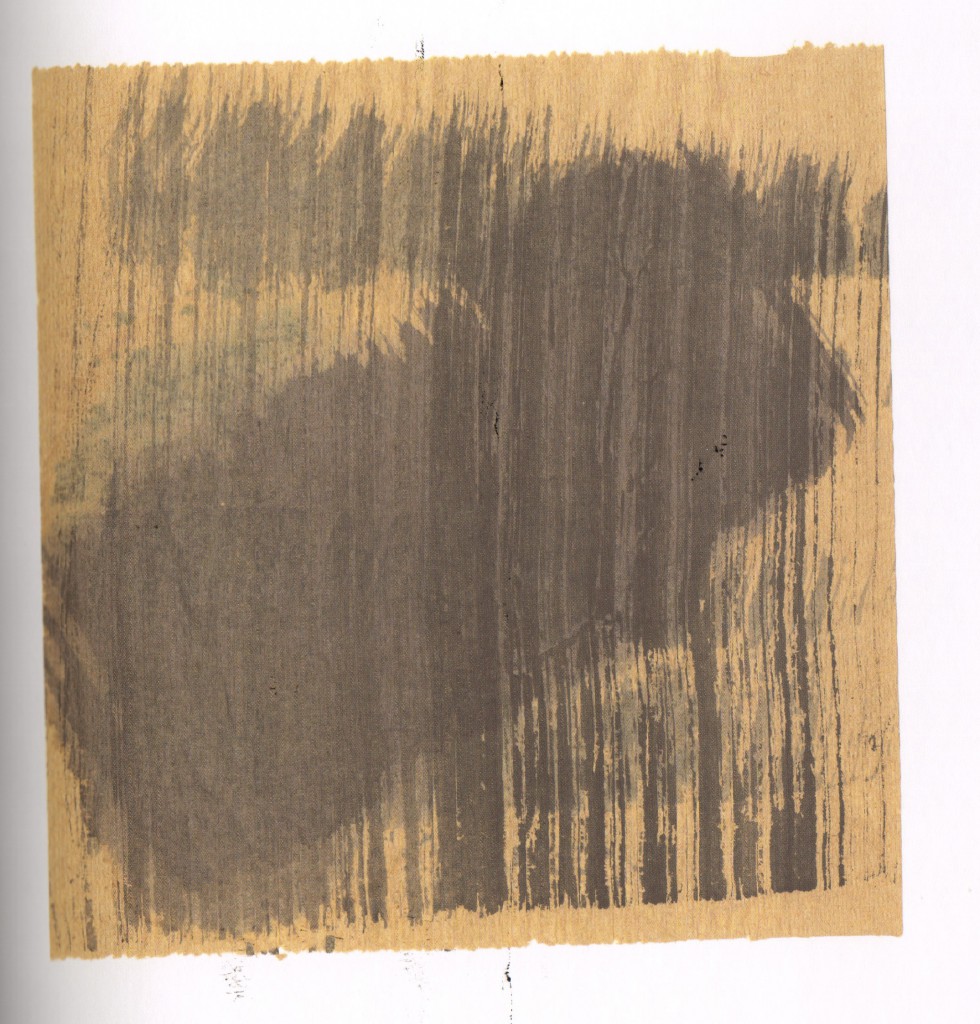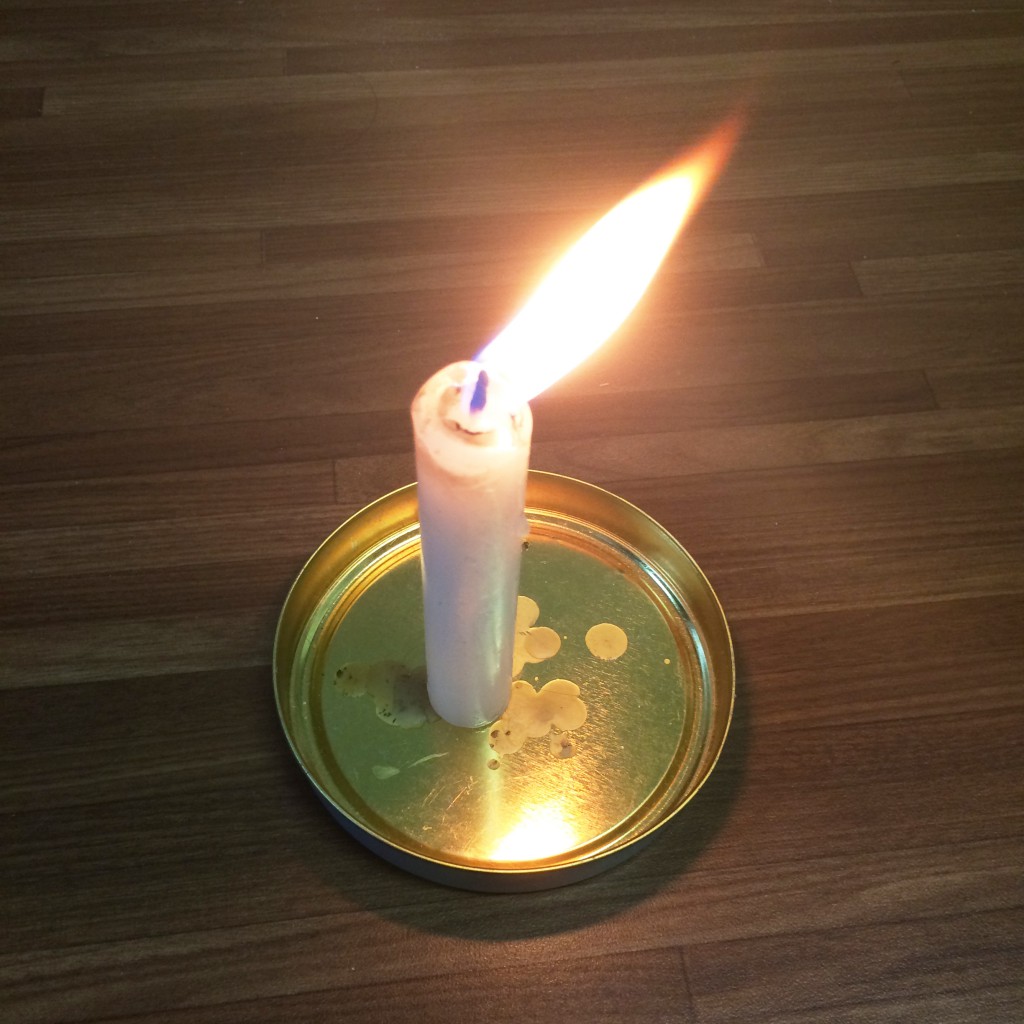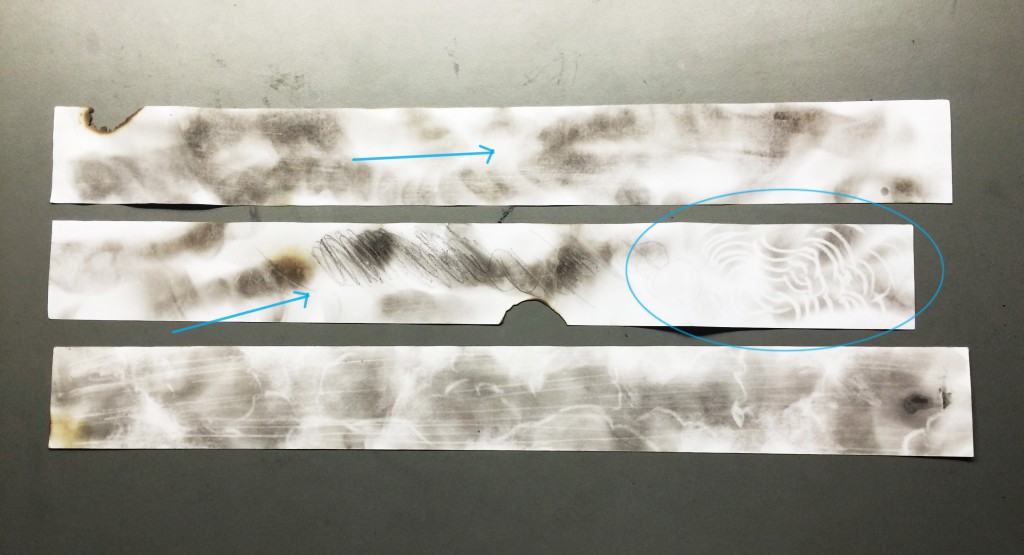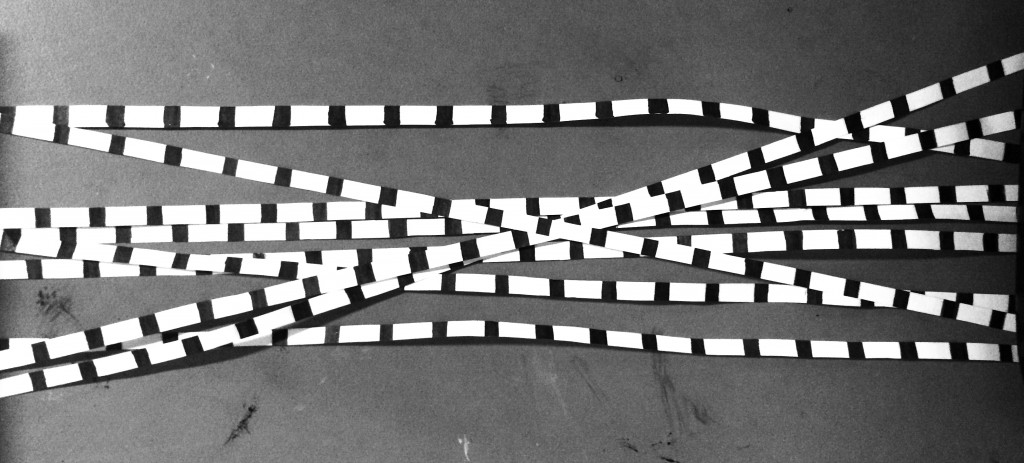LINE PROJECT

Image referenced from: revolverwarholgallery About Andy Warhol https://revolverwarholgallery.com/andy-warhol/
Andy Warhol (American, 1928-1987)
He was one of the leading artists of 1960s Pop Art Movement. He explored in a wide variety of art forms, including performance art, filmmaking, video installations and writing. Andy Warhol was generally known as a successful commercial illustrator.


Image referenced from: The Warhol Campbell’s Soup: Ode to Food
http://www.warhol.org/education/resourceslessons/Campbell%E2%80%99s-Soup–Ode-to-Food/
Image referenced from: Pinterest https://www.pinterest.com/pin/419679258996976244/
In 1962, he exhibited the now-iconic paintings of Campbell’s soup cans and he also used vivid and garish colors to create celebrity portraits. “My idea of a good picture is one that’s in focus and of a famous person.”, he said.
Process
For most of the twentieth century, screen-printing techniques were kept confidential. It wasn’t until the 1960s, with the help of Andy Warhol, that it became a more widely recognized art form.
He produced silkscreen paintings based on photograph and used its efficiency to his advantage to create multiple copies of the same composition in different colors.

Eight Elvises was sold for a reported $100 million
Image referenced from: Total Histroy Eight Elvises http://totallyhistory.com/eight-elvises/
The concept of speed was depicted simply by decrement of space in between each print.

Image referenced from: microstencil What is stencil printing? http://spc.microstencil.com/tutorials/what-is-stencil-printing
The screenprinting process is a form of stenciling, in which a stencil is placed on top of a sheet and then ink is pushed through the stencil to create an image.
Shadows
“Isn’t life a series of images that change as they repeat themselves?”

Image referenced from: AZZURRO 23 MAY ANDY WARHOL, CHASING SHADOWS IN PARI http://azzurrodue.com/andy-warhol-chasing-shadows-in-paris/
I saw the quote above and wonder maybe this was what Andy Warhol expressed in his work” Shadows”. There were in total 102 parts exhibited as one work displayed like a long film strip. There were produced using his famous process of silkscreened and hand painting.
They were based on photographs of real shadows taken in The Factory (his studio in NYC)
There were alternate between positive and negative imprints with range of hue. Seriality and repetition created visual music, artwork full of mood and mystery. Following his previous experiments on abstraction e.g. Oxidation
Inspiration from the Shadows for me was that he made use of the photograph taken of real life. He chose the specific part of the shadows and combined different colors to express his emotion and feeling. With black and white contrast in the variation of hue background, a strong yet mysterious atmosphere emerged. All the paintings were displayed in a strip, creating a flow with vitality, symbolizing ups and downs in life.


Oxidation also referred as Warhol’s Piss Paintings
Generally attributed to 1977-78
Canvas pre-coated with copper painted by Warhol. Uric acid would oxidize the metal in the copper ground, causing it to discolor, allowing patterns to be created according to the ‘movement’ of the ‘painter’. He experimented with both pattern and coloration by using a variety of metallic background paints and varying fluid and food intake.
May be inspired by Pasolini’s film, Teorama (1968) where a man urinated on a canvas in search for ultimate methodology and activities in sex clubs and gay bathhouses.
Image referenced from: christies the art people Andy Warhol
http://www.christies.com/lotfinder/paintings/andy-warhol-oxidation-painting-5074062-details.aspx
Image referenced from: Study Blue https://www.studyblue.com/notes/note/n/final-2/deck/6214367
From my point of view, this was experiment Andy Warhol carried out on the chemical reactions. Since the movement of the painters wasn’t fixed and the exposure to the air made a great difference on the outcome of the art work, they were in a sense unpredictable and spontaneous and adventurous as one may say.


Image referenced from: Pinterst https://www.pinterest.com/hayetdeb/rorschach/
Image referenced from: The Warhol Rorschach, 1984 http://www.warhol.org/collection/art/work/1998-1-297/
Rorschach
These paintings were achieved by painting on one side, and folding vertically to imprint it on the other half. Andy Warhol used this pour-and-fold technique to obtain the symmetrical images that appeared somewhat resembled body parts.
This technique was modeled on the famous “inkblot” test invented by the Swiss psychiatrist Hermann Rorschach. The actual test provides ten standardized blots for a patient to decipher to interpret about the subject’s personality, intelligence and sexual proclivities.
The research brought me back to the definition of automatic drawing and realized the similarity of them. We draw or pour ink spontaneously and let our heart lead the way. The outcome in some level reveals something deeper about us.
Links to other posts:
2D LINES EXPERIENMENT (including stencil printing inspired by Andy Warhol)
MORE LINES!



